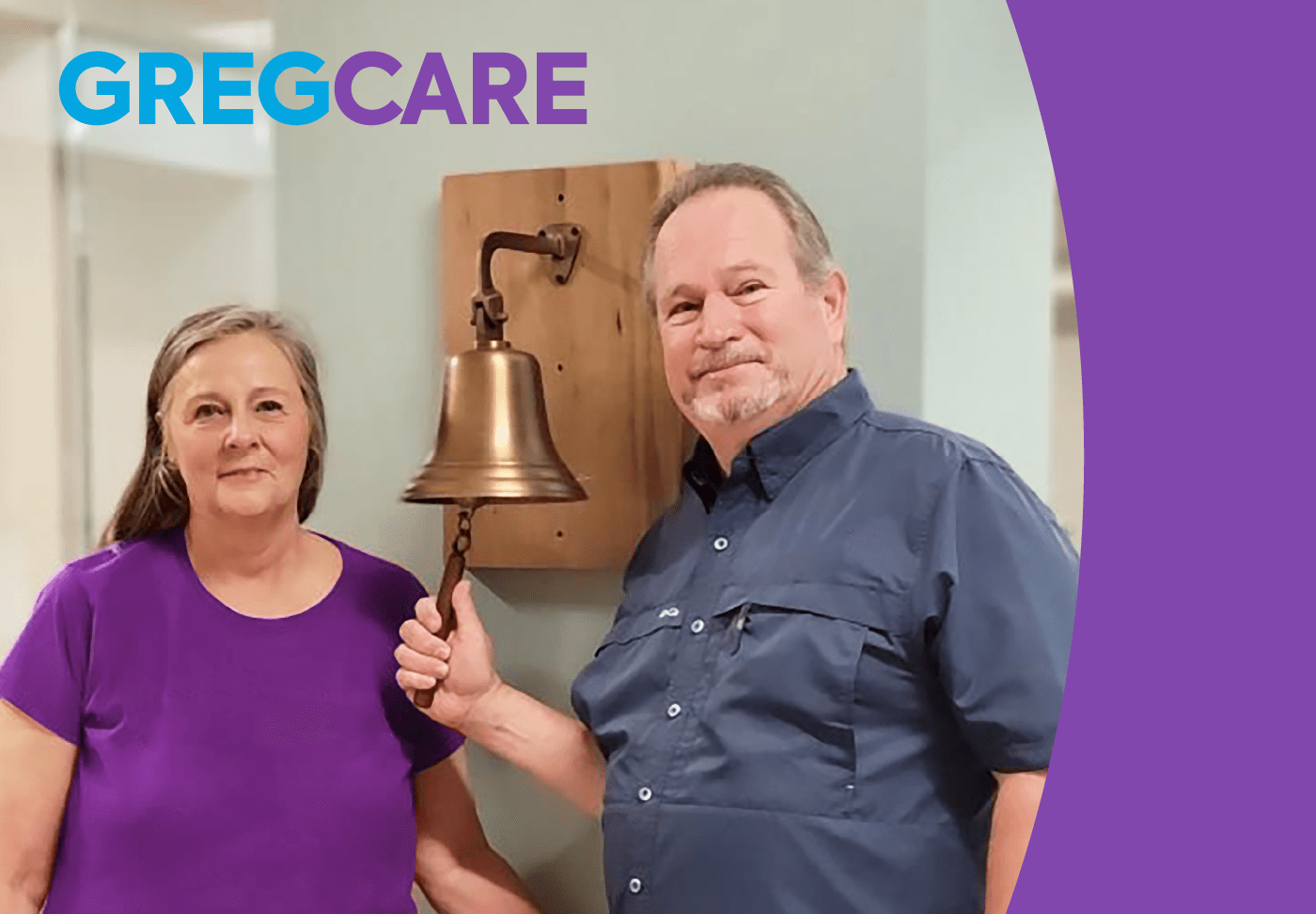The more you know about your health, the more empowered you are to take control of it. There’s no greater example of the power you have to protect your future when it comes to preventative health visits and cervical cancer. While cervical cancer is one of the most common gynecological cancers, it doesn’t have to be.
With the guidance of their physician, physician assistant or nurse practitioner, women and teens can learn important information and take action that could potentially save their lives. That’s because most types of cervical cancer are now completely preventable.
It’s not too late to vaccinate
Cervical cancer typically affects women between 30 and 50 years of age. Younger women are also at risk.
Of course, prevention works best when it starts early. The human papillomavirus (HPV) vaccine prevents cervical cancer. It is recommended to give the vaccine to children around 11 or 12 but can be given as early as 9 years of age.
If not previously vaccinated, the HPV vaccine is recommended for everyone through the age of 26 and can be administered by a primary care provider or gynecologist. Even some adults in their 30s and 40s who were previously unvaccinated benefit from getting an HPV vaccination.
A pediatrician, primary care provider, gynecologist or many pharmacists and healthcare providers in public health departments can administer the vaccine.
How well does it work?
The HPV vaccine has been found to provide close to 100 percent protection against infections and pre-cancers caused by HPV.
According to the Centers for Disease Control and Prevention, HPV infections and cervical precancers (abnormal cells on the cervix that can lead to cancer) have dropped significantly since the vaccine has been in use in the United States. Among teen girls, infections with HPV types that cause most HPV cancers and genital warts have dropped 86 percent. There has been a 71 percent decrease for young adult women.
Identify cervical cancer earlier for better outcomes
Women can also be screened for cervical cancer at regular intervals. There are two tests that can help:
- The more traditional is a Pap smear, which looks for precancers, or cell changes on the cervix.
- The newer HPV test identifies the human papillomavirus, a virus that can cause the cells to become cancerous.
Most health plans cover preventative care services—like vaccines and screening tests—at no additional cost. For people without insurance, Wellstar practices have low-cost annual exams that include evaluation for cervical cancer and a Pap test if it is medically appropriate.
To find a primary care provider, gynecologist or pediatrician, call (770) 956-STAR (7827) or schedule online by clicking the “Book Now” button at the top of any page.
Take control of your health and read how to lower your risk and recognize the signs of gynecological cancer.





